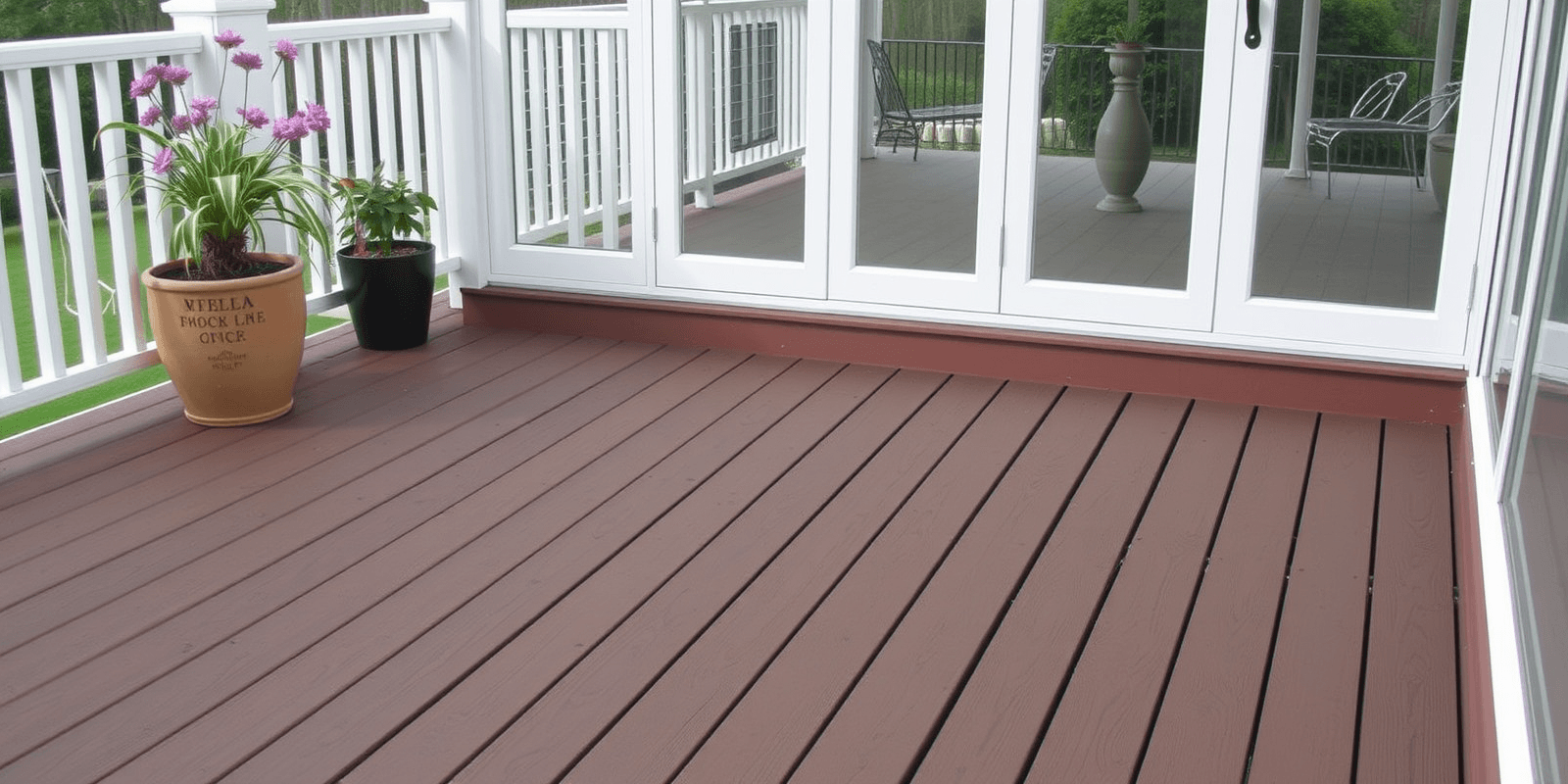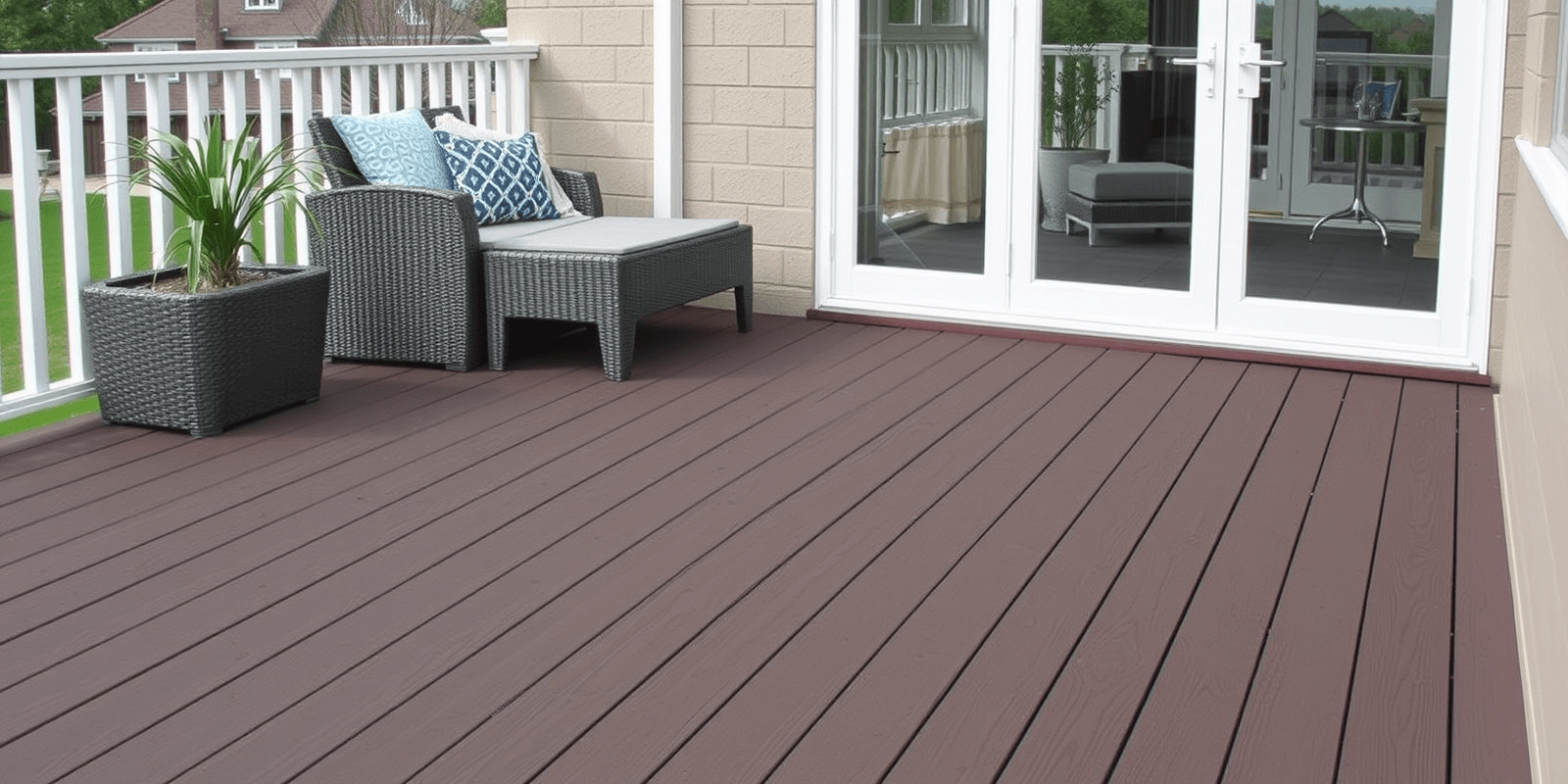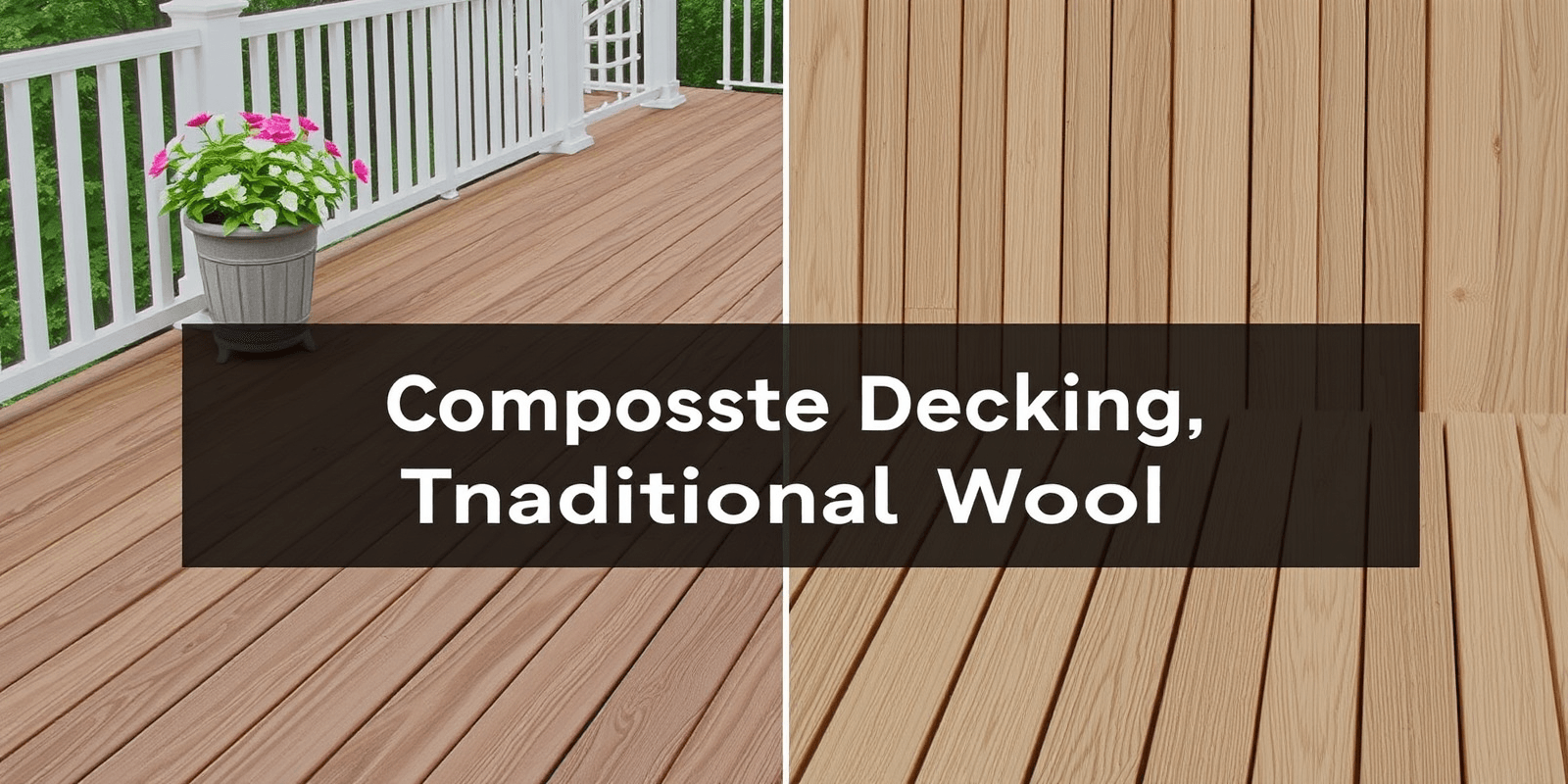Wood-Plastic Composite Decking: A Sustainable Choice
When considering materials for outdoor living spaces, many homeowners opt for traditional wood due to its natural beauty and versatility. However, wood-plastic composite decking offers a compelling alternative that not only enhances aesthetics but also promotes environmental sustainability. This article delves into the environmental advantages of using wood-plastic composite decking over traditional wood, focusing on its durability, maintenance requirements, and contributions to sustainability efforts.
Environmental Benefits of Wood-Plastic Composite Decking
One of the most significant environmental benefits of wood-plastic composite decking is its ability to reduce deforestation. Traditional wood decking often requires the harvesting of trees, which can contribute to deforestation and habitat destruction. In contrast, wood-plastic composite decking is made from a combination of recycled plastic and wood fibers, reducing the demand for virgin timber. This process not only conserves forests but also repurposes waste materials that might otherwise end up in landfills.
Durability and Longevity
Wood-plastic composite decking is renowned for its durability and longevity. Unlike traditional wood, which can warp, rot, or decay over time, wood-plastic composite decking resists moisture, insects, and fungi. This resistance means that the decking requires less frequent replacement, thereby reducing the overall consumption of resources and minimizing waste. The longevity of wood-plastic composite decking ensures that it remains a sustainable choice for years to come.
Maintenance Requirements
Maintaining a traditional wooden deck often involves regular painting, staining, and sealing to protect it from the elements. These maintenance tasks consume time, energy, and additional chemicals that can be harmful to the environment. In contrast, wood-plastic composite decking requires minimal upkeep. It does not need painting or staining, and cleaning it is as simple as a quick rinse with water. This low-maintenance characteristic reduces the environmental impact associated with the use of paints, stains, and sealants.
Contributions to Sustainability Efforts
By choosing wood-plastic composite decking, homeowners can significantly contribute to sustainability efforts. The reduction in the need for new timber helps preserve forests, which play a crucial role in carbon sequestration and biodiversity. Additionally, the use of recycled plastic in the manufacturing process helps reduce plastic waste, contributing to a circular economy. Many manufacturers of wood-plastic composite decking are committed to recycling programs, further enhancing their environmental credentials.
Conclusion
In conclusion, wood-plastic composite decking offers numerous environmental advantages over traditional wood. Its ability to reduce deforestation, combined with its durability and minimal maintenance requirements, makes it a sustainable choice for outdoor living spaces. By opting for wood-plastic composite decking, homeowners can enjoy the beauty and functionality of a deck while contributing positively to environmental sustainability.



